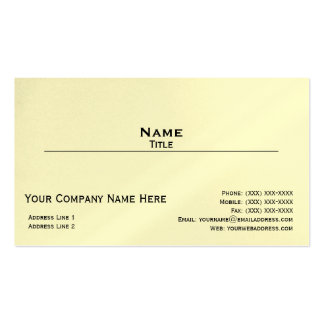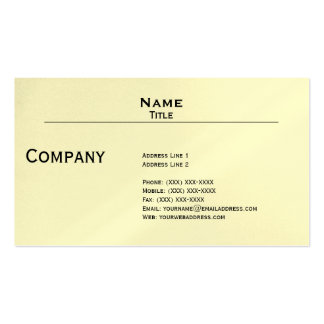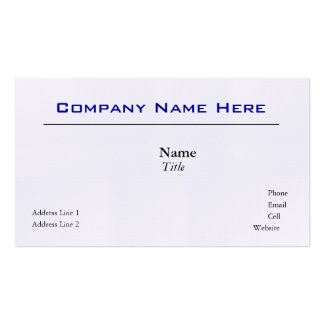Don’t overlook your inbound linking strategy as you think about search engine optimization for your site. An inbound link is a hyperlink back to your site from another web site. The one constant and reliable strategy in search engine optimization is that sites with a variety of high quality backlinks rank higher in the search engine results pages.
Why are these links to your site important? They can can…
- bring potential customers to your site when they click on the link
- increase the number of visitors to your web site
- dramatically improve your search engine rankings
Here are the 10 most important inbound links you must have to your site:
1. Directory Links
Directories are indexes of online sites, typically organized by category. Links back to your site from directories like Yahoo Directory and DMOZ.org are very valuable. DMOZ.org is edited by human editors, and while it’s free, it may take awhile for your site to be listed. Getting listed in Yahoo’s Directory costs $299/year.
2. Press Releases
If you’re writing press releases, make sure they are optimized for keywords that someone would use to find a business like yours and include links back to your site, as well. Once written, you can have your press release distributed through a service like PRWeb.com, which will create links from high traffic news sites back to your site.
3. Article Directories
Writing and distributing articles through high traffic article directories, like EzineArticles. com, is a great way to get valuable inbound links from a high traffic site. By crafting an effective resource box at the close of your article, you can drive traffic back to your site!
4. Social Bookmarking
Similar to web browser bookmarks, social bookmarking sites store individual pages (bookmarks) online and allows users to tag (with keywords), organize, search, and manage bookmarks of web resources as well as share them with others. If you bookmark your own content on these sites (like Digg.com, Reddit.com, Del.icio.us. com), you get a link from the service. By producing content that your readers love and then bookmark to their friends, the link increases in SEO value.
5. Blog Comments
To find blog posts on which to comment, you can use blog-specific search engines like Google Blog Search. Make sure these are blogs read by your target market, not your colleagues. Brand yourself by always using the same name and remember to link back to your site. Always leave a comment that adds to the conversation that’s happening within the comments.
6. Social Media
Now, Google also indexes your Twitter updates and your social networking profiles. Add that to Web 2.0 hubsites like Scribd or HubPage and you’ve got the option of creating many, many inbound links in a very short period of time.
7. Blog/Podcast Syndication
Submitting the RSS feed of your blog and podcast to syndication services will give you a link back to your site. In some cases, each time you publish a new blog post, the post itself will also get a link.
8. Video Syndication
YouTube is one of the most visited sites online, and the number of sites that syndicate videos is growing each day. These sites often allow you to link to your site either in your video’s description or on your profile page, or both.
9. .EDU and .GOV Links
Search engines place a great deal of credibility in government and education web sites, and the links carry a great deal of weight. Frankly, it isn’t easy to get inbound links from these sites.
10. Internal Links
Remember, if you have more than one web site, or a web site and a blog, be sure and link one to the other. You can do this by linking one article to other related articles, or link to categories or archives of information.
Creating a sound inbound linking strategy is a key component of your search engine optimization efforts. Try a few of the strategies listed above and see how your traffic and rankings increase.








No comments:
Post a Comment